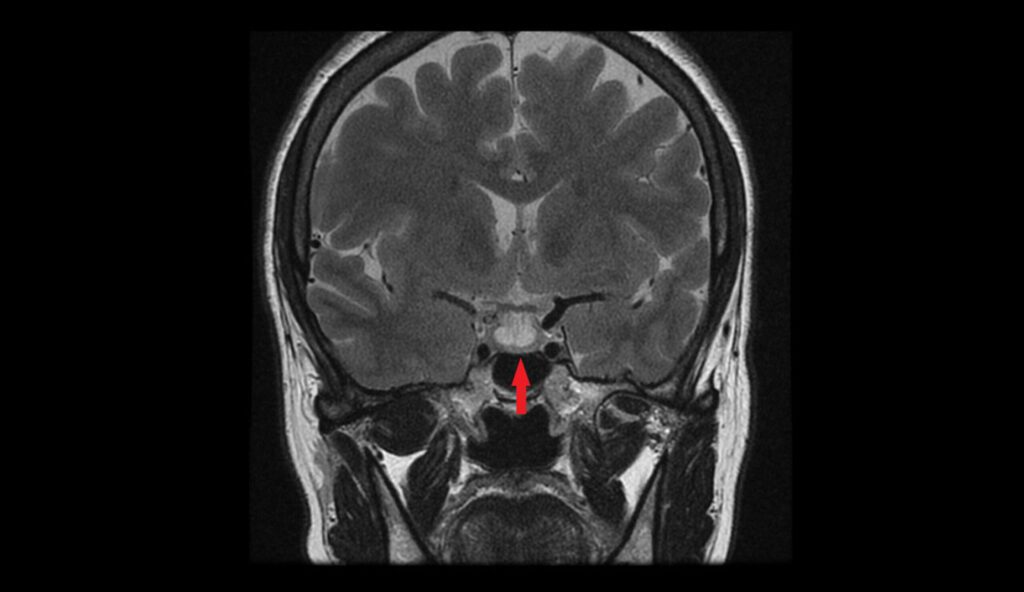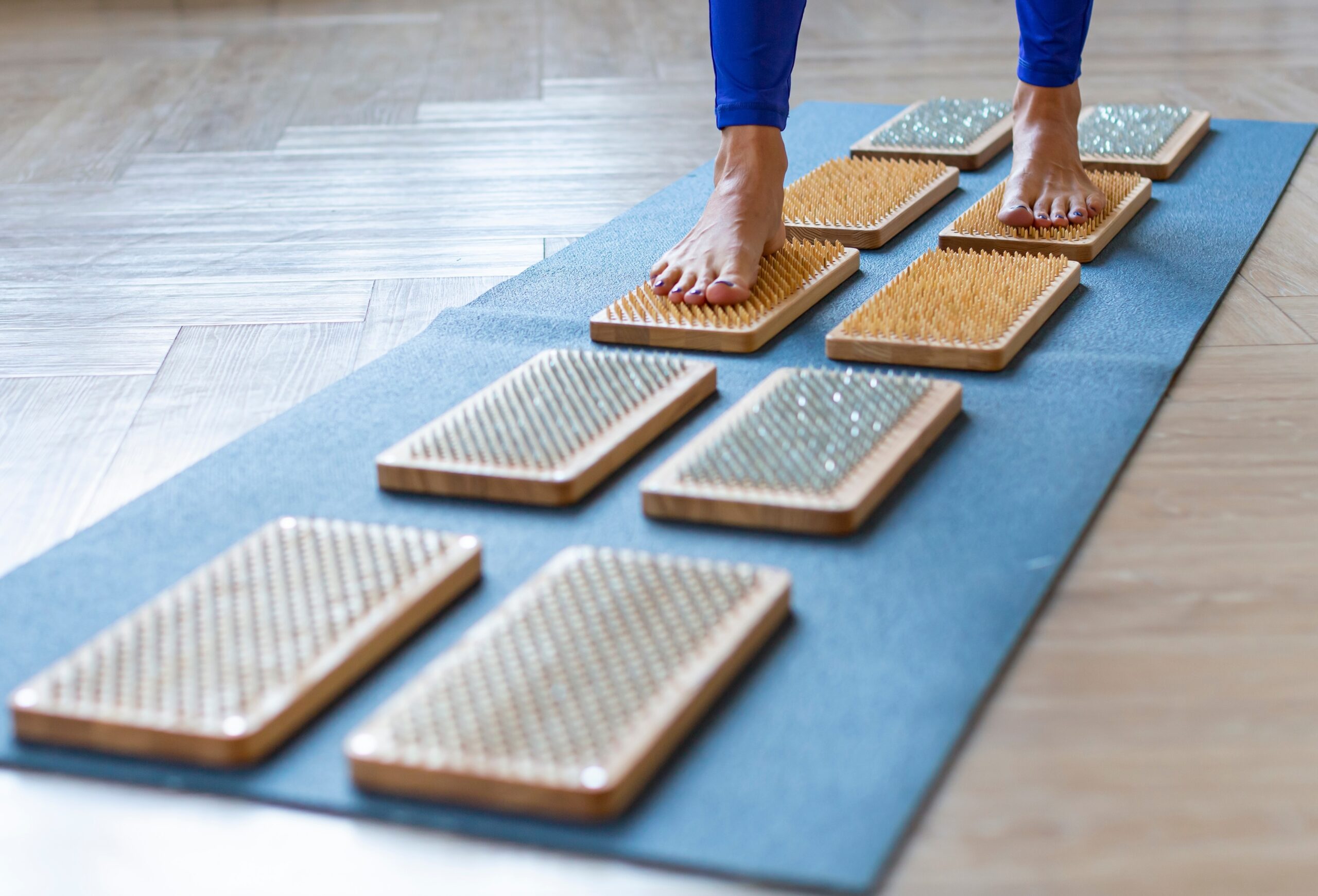
Probing Prolactin: When High Levels Raise Red Flags
We are excited to see so many of you join our FMEP courses. Several of...
0
Just a reminder… pay attention to the questions. Here are our general tips one more time:
1. Pay attention to the questions. Look carefully at how many items you are being asked to list. If the question asks for five items, you will not get more marks if you list eight items; the examiner will look at the first five and allocate marks only for the first five answers – so be careful. On a SAMP, if it is not clearly stated how many items you should list, look at the amount of points/marks being allocated for the question to get an idea of how many answers the examiner may be anticipating you write down.
2. Do not write lengthy answers. Most questions can be answered in 10 words or less!
3. Be specific when writing down investigations (hemoglobin instead of CBC; CT abdomen instead of CT).
4. Remember that trade names and generic names are both acceptable when writing down medications.
5. For more helpful tips, you can refer to CCFP’s SAMP instructions by clicking here.
SAMP
Mr. Dye Betes is a 75 year old male in your practice. He is coming to see you because of “pins and needles” in his feet for the past four months. He describes reduced sensation in his feet. He walks daily and is concerned about his symptoms. He has T2DM and is on Metformin. He has no known allergies. (11 points)
1. True or false: Distal symmetric polyneuropathy is the most common type of polyneuropathy. (1 point)
2. What are two first-line classes of oral medications that can be used for painful diabetic neuropathy? (2 points)
3. What laboratory investigations (if any) would you order for a patient presenting with distal symmetric neuropathy? (3 points)
4. What are three medication classes/names that are associated with polyneuropathy? (3 points)
5. What two physical exam maneuvers do you want to perform on a patient with neuropathy? (2 points)
Helpful CMAJ Resource:
https://www.cmaj.ca/content/cmaj/195/6/E227.full.pdf